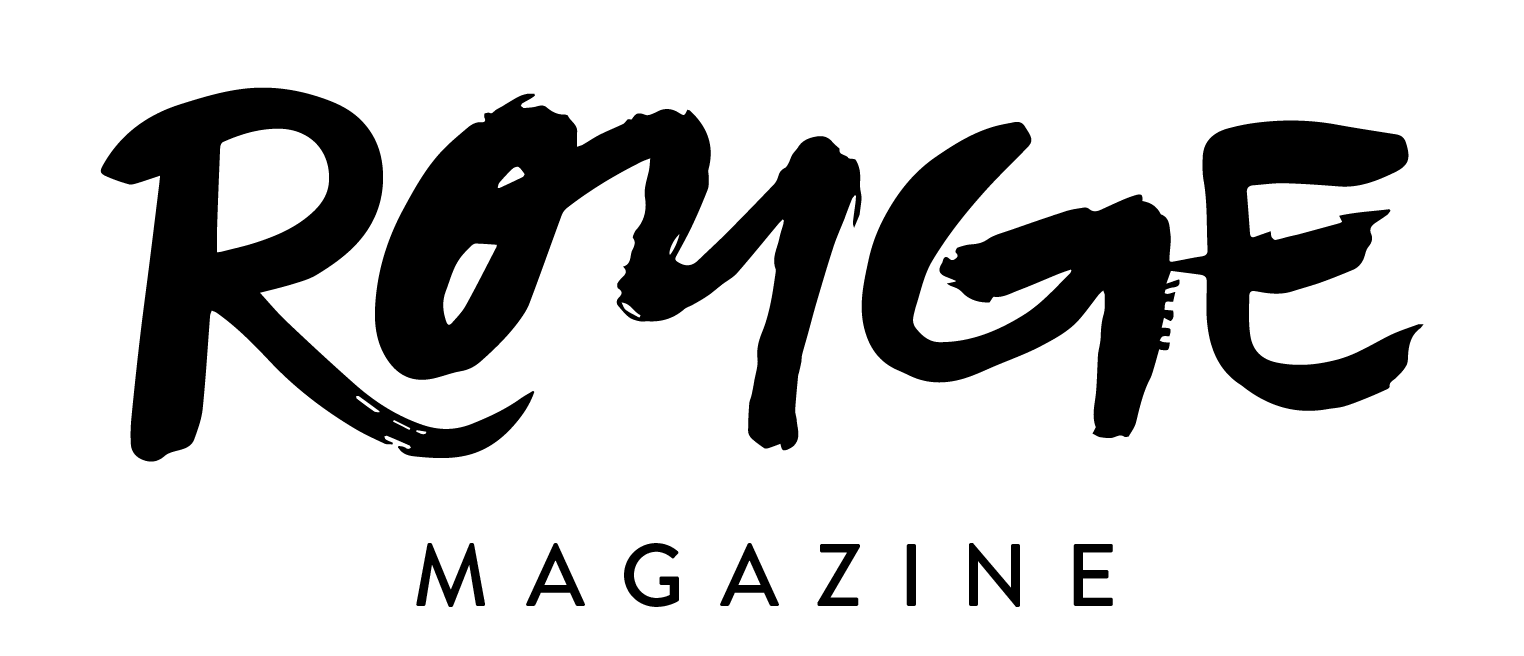Color Theory
We can use the color wheel to represent the relationships between colors, how they mix, and the effects color has on human understanding. This includes the primary colors (red, blue, yellow), secondary colors (green, orange, purple), and the tertiary colors (red-orange, yellow-green). Common questions to be asked are: “How can I tell if a color is in or not?” and “What color looks best on me?” To better answer these questions, it’s important to dive deeper into the psychology, harmony, and tone complements of color.
Photo / Pinterest
Color psychology studies how human emotions and behavior are tied to colors. Being presented with different colors evokes different responses to the viewer. Red is often used to grab attention and represent anger. Blue is associated with calm, serene, and sad emotions. Purple is commonly known to represent royalty and luxury, and the list goes on. These emotions will likely influence a consumer to purchase or disregard an item based on the first impression alone.
Color harmony refers to the pleasing arrangement of colors in a visually appealing way. Typical color harmonies include complementary colors (opposite colors on the color wheel), triadic colors (equally spaced colors on the color wheel), and analogous colors (colors next to each other on the color wheel). Designers can use this in their work to piece together different items to create a pleasurable and practical display of color to the eye in a universal way.
One trend that implements color theory to the fullest extent is “dopamine dressing,” a style of dress that implements psychological, mood-boosting benefits when wearing specific colors. This psychological connection essentially teaches you how to focus on how you feel in your clothes. When being mindful of colors daily, an individual may choose to wear yellow on a day that they are sad to influence their mood positively and increase serotonin in their brain. Another day, that same person could be nervous about a meeting and wear green to aid in tranquility and provide good luck. This type of mood enhancement is necessary for brand owners to keep in mind when placing orders for shipment, how they choose to set up the store, and how both of these will gain customer traction and fit their brand aesthetic.
Photo/ Instagram @catlpatterson
Skin tones and hair color are also a factor in how people look and feel in different colors. If you are ‘warm,’ you have a greenish or yellowish undertone (also known as olive), and your hair is dark brown, dark blond, or reddish. The go-to colors for warmer tones are orange, yellow, and gold. If you are ‘cool,’ you have a bluish undertone of either very pale or very dark skin; your hair is either very dark brown, black, or light blonde. The go-to colors for cooler tones are blue, violet, and pastels. If an individual falls in between and has more of a neutral tone, you have a free range of neutrals and fun colors, according to color theory.
Pantone’s 2023 color of the year is ‘Viva Magenta! 18-1750.’ This color is rooted in the red family and shows strength and resilience. ‘Viva Magenta!’ is a powerful color to the eye, and it is known to promote optimism, bravery, and new beginnings. Red can encourage self-expression with an electrifying element to empower you to defy boundaries and any limitations. Leatrice Eiseman, an executive director at the Pantone Color Institute, gives further reasoning for the color in saying, “Rooted in the primordial, Pantone 18-1750 Viva Magenta! reconnects us to original matter. Invoking the forces of nature, Pantone 18-1750 Viva Magenta galvanizes our spirit, helping us to build our inner strength” (Eiseman 2022). Pantone has yet to release their color of the year for 2024, but many forecasters have predicted it to be in the blue color family. There is a common theme amongst credible companies, like Valspar and Sherwin-Williams that the new color is representative of tranquility, balance, and calm nature. When deciding the color of the year, it is essential to consider many different factors. Companies examine elements like society, fashion, marketing, social media, and politics when making this sort of prediction.
Photo / PANTONE
Sources
Basic Color Theory. Color Matters. Retrieved October 25, 2023, from https://www.colormatters.com/color-and-design/basic-color-theory
Eiseman, L (2023). Welcome to the Magentaverse. Pantone. Retrieved October 25, 2023, from https://www.pantone.com/color-of-the-year/2023
Stanton, K (2023). Colors and Emotions: How Colors Make You Feel. 99designs. Retrieved October 25, 2023, from https://99designs.com/blog/tips/how-color-impacts-emotions-and-behaviors/
Styx, Lo (2022). Dopamine Dressing: How to Dress For Your Happiness in 2022. Very Well Mind. Retrieved October 25, 2023, from https://www.verywellmind.com/dopamine-dressing-how-to-dress-for-your-happiness-in-2022-5217231
Sutton, S (2023). What Color Looks Best On Me? The Trick to Finding Your Signature Fashion Hue. Instyle, Retrieved October 25, 2023, from https://www.instyle.com/how-tos/how-to-find-best-color-to-wear-for-your-skin-tone
VanSchmus, E and Sole, C (2023). Every 2024 Color of the Year We Know So Far. Better Homes and Gardens. Retrieved October 25, 2023, from https://www.bhg.com/color-of-the-year-2024-7643136
Written by Emily Arreola
Copyedited by Katherine Fivgas
Graphic by Sheena Deepak



